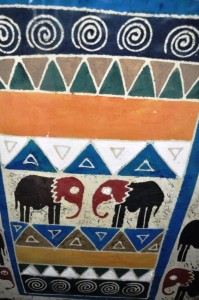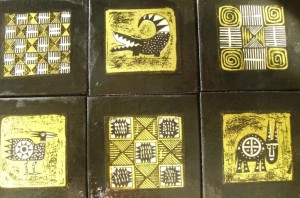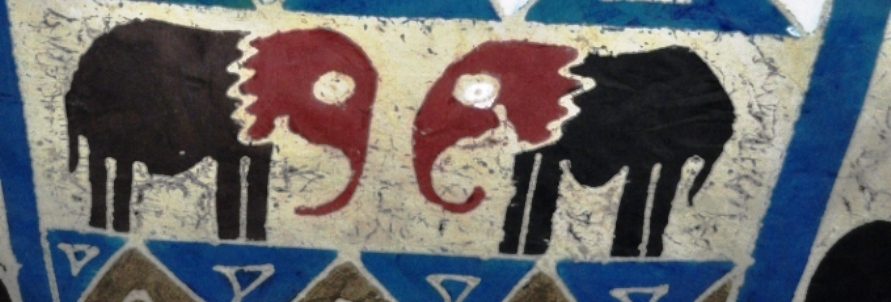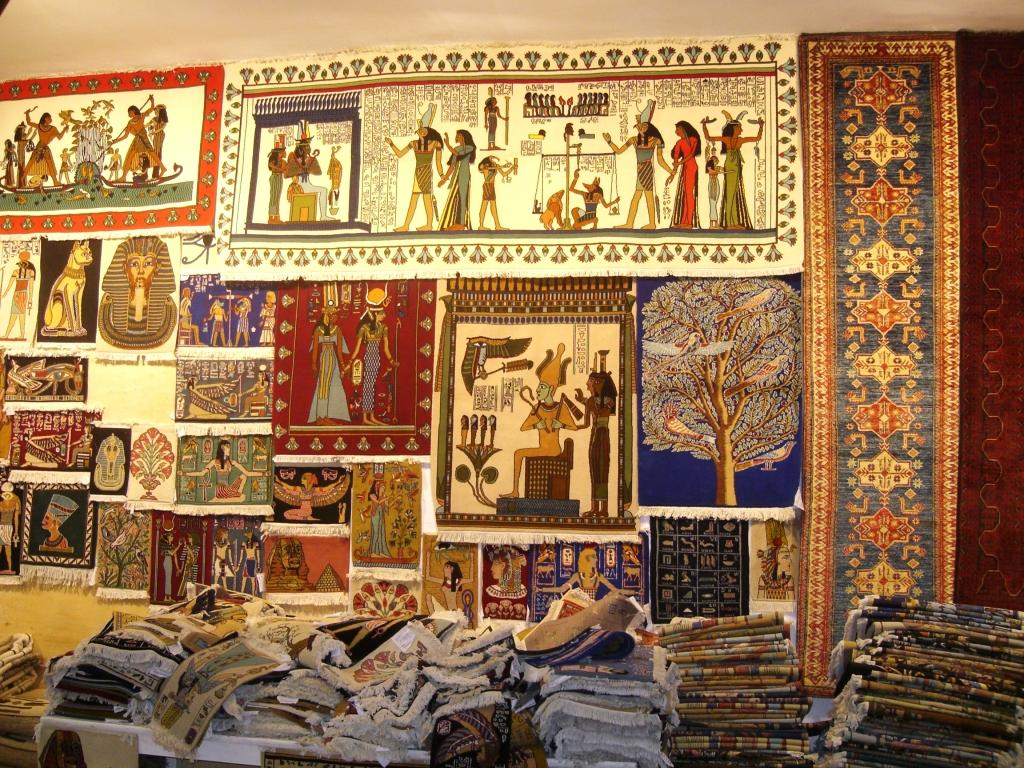
I’m at a street market in Port Elizabeth in South Africa’s Eastern Cape province looking at carvings from West Africa.
What strikes a visitor to South Africa is that this is a vibrating, pulsating, conflict-ridden country that doesn’t quite know how to get all its parts moving in the same direction. And the same confusion reigns in its markets: Looking for hip forward-looking art? Art made from recycled tin cans? Diamonds costing five figures? Bushman spears? Pan-African anything? You’ll find all of that — and more. Which South Africa you bring home will be as much a reflection of you as of the country
In Your Bucket Because…
- There’s a lot of variety, and some surprisingly good quality, even at street markets here.
- Buying from local crafters is possible, and that helps get money directly into local communities.
- Good for: Pretty much any visitor, because the range of products runs from dollar-trinkets to international-class gemstones.
Shopping the South African Markets
All of the “typical” African souvenirs can be found in South African markets. The street markets I wandered through had a wide selection of products, ranging from the ubiquitous animals carvings and masks (some brilliantly painted), to Bushman artifacts such as quivers and arrows, to drums and kalimbas (thumb pianos). If you care whether your souvenir comes from the country you’re actually in rather than one a couple of thousand miles away, be sure to ask where it was made: I did, when I thought I saw something that was probably of West African origin, and each time, I got an honest answer.
For more reliably local products, try up-market eco-lodges, which usually have excellent curio stores. In many cases, they buy from local artisans in an effort to participate in the sustainability movement.
Buying Souvenirs from South African Crafters and Artisans
Another way to ensure that your purchase is local is to buy it from the person who makes it. This is easier than you may think, as South Africa is filled with crafters making quirky, beautiful, creative, artistic, contemporary souvenirs to bring home. Some suggestions:

-
-
- Beaded items ranging from jewelry to bookmarks.
- Carved bowls made from local woods.
- Lamps and candle holders made of plain or painted ostrich eggs.
- Batik fabrics. These can be used as table linens (although you might not want to risk the spills). Some of these are beautiful enough to be stretched and framed.
- Ceramic bowls, plates, vases. Ceramics is a growing art form in South Africa, and galleries are fund in many metropolitan areas. The gift shops at the Johannesburg airport (air-facing side) have been receiving high marks from travelers for their ceramics.
- Baskets, either natural colored or brilliantly painted.
- Placemats, coasters, and napkin rings with animal patterns on them.
- Pewter cutlery with animal themed handles.
- Painted animals made for use as door handles or closet and drawer pulls.
- Handmade silk. At Africa Silks, you can take a tour of a silk production facility and buy unique handmade clothing and household accessories. It’s located on the Paronarma Route in Mpumalanga, not far from Pilgrim’s Rest, the site of South Africa’s first gold rush.
-
Recycled, or “Junk” Art
In developing countries, or countries where large segments of the economy are still developing, evidence of improperly disposed garbage is everywhere. The need for recycling is paramount, and when systems are in place (such as using and reusing glass soda bottles) with economic incentives, recycling works.
These two factors come together in a small, unique sector of South Africa’s creative community, which makes art objects, curios, and toys out of trash, using everything from food wrappers to soda cans to rusted bicycle parts. Wire sculptures represent animals and people, wittily decked out and decorated; old paper food packaging that used to hold potato chips might find a new life as a placemat; a discarded tin can might become an animal sculpture or perhaps a motorbike (with the addition of a few bottlecaps for wheels).
Buying by the roadside from someone actively making a sculpture as you speak with him pretty much guarantees a local origin. You might also get a chance to chat with and watch local artisans during tours of townships.
Going from the make-shift workshop of a “junk” art craftsman to the upmarket jewelry shops in Johannesburg and Capetown underscores the conflicts and disparities that are still found here. South Africa, of course, is internationally renowned its gold and diamonds, and if you’re in the market, you may find good prices. Coming home with a diamond pendant around your neck and a trade-bead bracelet on your arm would be one way to showcase the diversity of the “Rainbow Nation.”
Practicalities
- Green Market Square is a favorite shopping area for tourists in Capetown — and it’s a popular place for residents, as well.
- At Pan-African markets and in stores such as Out of Africa (there are outlets at major airports), you’ll find plenty of South African products, along with masks from Africa’s west coast and ebony carvings that are clearly Tanzanian.
- In many open air markets, particularly be aware that some of the wares aren’t made in South Africa or anywhere in Africa: They are made in China. (In fact, some of the souvenirs sold in volume-oriented tourist shops are made in China, too.) The items most likely to be mass produced abroad are the cookie-cutter giraffe salad spoons and zebra carvings you see all over the place. If you absolutely have to have one, fine: Try to check the provenance, and don’t spend too much for it. Items that strike you as something new and different are more likely to be home grown.
- Bargaining is acceptable in markets. Offer half the asking price, and go from there.
- The trafficking of some animal products such as ivory, tortoiseshell, or the furs or hides of endangered species is illegal according to C.I.T.E.S (Convention on International Trade of Endangered Species). Even if legal, it is not ethical to support businesses that harvest from endangered ecosystems such coral reefs. It’s always a good rule to buy according to your conscience. In South Africa, you’ll have many opportunities to purchase souvenirs that bring back memories while supporting local artisans and businesses, and without doing harm to this magnificent ecosystem.



